Employee satisfaction in today’s fast-changing work environments goes far beyond paychecks: It encompasses every experience at work. Moving towards 2025, workplace experience has become an indispensable factor for recruiting top talent: from company culture and communication through tools, flexibility, and well-being–every touchpoint matters, and this guide explores why workplace experience matters so much and how employers can create environments in which employees thrive.
What is Workplace Experience?
Workplace experience is an active and human-centric approach to workplace design, technology and culture that helps employees make the most of their work environment. Workplace experience is therefore an ever-changing environment that includes all the elements that impact employees’ capacity to perform their most effective work, from workplace furniture to policies to technology enablement, corporate culture, initiatives to improve employee experience, and more.
Workplace experience has now become a critical issue for businesses, especially at a point in time when the elements that constitute the workplace experience (space technology, space, and individuals) have become more complex and crucial. Many forward-thinking companies are now staffed with “workplace experience managers” and/or “workplace experience teams” to concentrate their efforts on employee experience and invest in it.
Also read: The Ultimate Guide to Enterprise Planning for Business Growth
Why Workplace Experience Matters in 2025 and Beyond
A great workplace experience provides employees with a rewarding workplace — but true employee experiences extend far beyond the four walls of an office. Employee experience focuses on the experiences of employees throughout their entire period. While workplace experience is focused on the experience of an employee in their physical workplace.
At both organizations, their goal is to equip employees with all of the resources and tools they require for success at work. When employees enjoy a positive workplace experience, they may become more immersed in company culture, which ultimately affects employee retention rates as well as satisfaction rates.
Global consulting firm Deloitte provides the most convincing argument on the importance of workplace experiences: “Companies with the top-rated employee experiences have 222% more engagement from employees when compared with other businesses. Additionally, companies with workplace experiences that were rated as top were able to enjoy 12% higher satisfaction from customers. And their three-year rise was 2.3 times more than the typical [company].”
Your business may have the most effective leadership team and the most effective business plans in the world. However, if you’re unable to keep and retain the right talent to implement the strategies, you’ll stand no chance of expanding or innovating. Engaged employees lead to higher business performance.
What Makes a Great Workplace Experience
The workplace’s quality and the employee experience play an essential part in the effectiveness of any successful work model that is a hybrid arrangement or on-site work. The workplace experience includes three main elements:
- Space: The physical environment in which your employees work.
- Technology: The systems and tools that your employees utilize to complete their tasks.
- People: The relationships with policies, people, and the culture of your company that determine the way work is done in your company.
Although every company is unique but all great workplace experiences have these three aspects. The objective is to design environments that foster connection and provide employees with the tools they require to complete their most effective work. In the end, these kinds of settings improve the productivity of employees, build an environment that is positive and lower turnover.
How to Improve the Workplace Experience
Humans and technology together form the cornerstones of a positive workplace experience. Let’s look at each one separately and make suggestions to improve.
1. Space Considerations for Better Workplace Experiences
Physical workspace directly affects work-related productivity, job satisfaction, and overall health. If your office is filthy and old-fashioned, brimming with uncomfortable furniture and poor lighting, your employees will be less efficient, and their health will be affected by it.
Understand How Your Office is Being Used
Use office utilization information and workplace analytics to enhance the workplace experience for you and your staff. For instance, if your data indicates that certain workspaces (meeting rooms, conference spaces) are underutilized, it’s possible to repurpose them for different uses; similarly, if conference rooms become consistently overbooked, you could consider creating additional meeting rooms by converting non-used areas into conference spaces.
Provide a Variety of Spaces for Different Purposes
Space serves different purposes for people at different times. Naturally, your meeting rooms must accommodate teams of different sizes. However, you must also have designated areas for quiet concentration or individual focus and meditation (a “quiet room” or a meditation area) and socializing and brainstorming, drinking coffee or eating and much other.
Consider Workplace Design and Ambience
The workplace experience is a multifaceted idea, so take into consideration office lighting and biophilia (plants and greenery) and the colors of the walls, and the overall “flow” of your spaces. Natural light is more effective than fluorescent light in improving the employees’ mood and their productivity. A more natural and lush landscape can be beneficial, too. Consider increasing these “natural” elements.
Also read: A Guide to Security Equipment for Small Business
2. Workplace Technology to Support Workplace Experiences
Office workers come in looking for connection, collaboration, and community building. The most unpleasant workplace experience comes when a person makes an unintentional trip to an office that is largely empty and then is glued to Zoom throughout the day.
Technology tools can create great workplace experiences because they permit users to arrange office spaces and create occasions for collaboration and communication. The hassle and friction of competing with coworkers for the limited number of desks and meeting rooms is gone. The key is to concentrate on:
3. Employee Engagement for Improved Workplace Experience
Employee engagement at their place of work and its company is one of the key determinants of productivity, engagement, and retention. If lighting or office equipment stops functioning as intended, employees might start wondering: ‘Don’t they care enough about me to replace those lightbulbs so my eyes won’t strain? The subtle details do matter, so employee experience plans must take priority in any business plan.
Conclusion:
Summing Up
A great workplace experience means more than providing employees with benefits or policies; it means creating an atmosphere in which staff feel respected and empowered to do their best work. When investing in the employee experience pays dividends both for individuals and the organization as a whole, in today’s highly competitive landscape, prioritizing it is not optional — it is integral for long-term success!







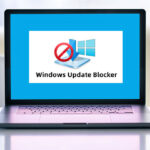



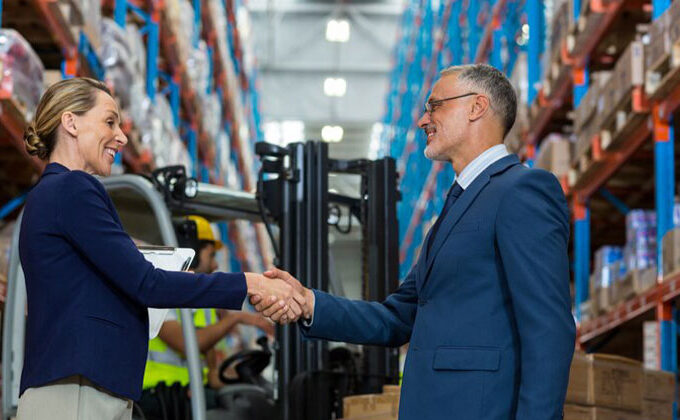
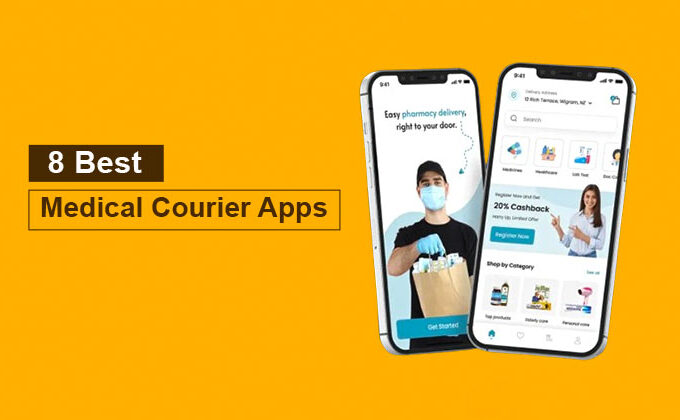
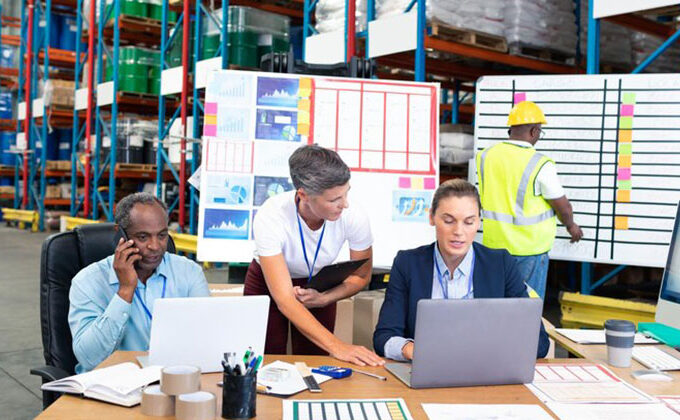
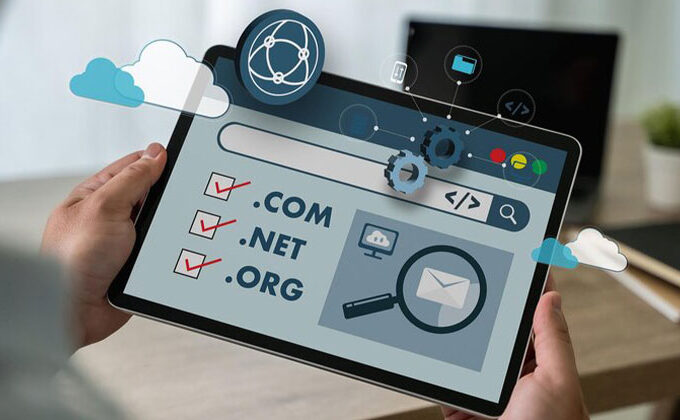
Leave a comment